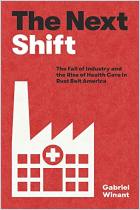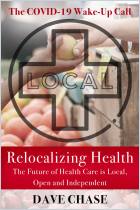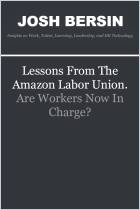
Recommendation
The United States has steadily been deindustrializing since the 1970s. Industry makes more sense in countries with cheaper labor, and now automation is finishing the job of kicking blue-collar workers to the curb. Still, Pittsburgh, Pennsylvania identifies itself with steel production, though the city’s workers have shifted to the health care industry, and the caregivers employed there, primarily women, many of them POC, are far from the dream of high, union-protected wages and a prosperous life on a single income. Jennifer Szalai describes the transition in this New York Times report.
Summary
About the Author
Jennifer Szalai is a nonfiction critic for The New York Times.
Learners who read this summary also read
Book
Book
Book
Book
Book


















Comment on this summary